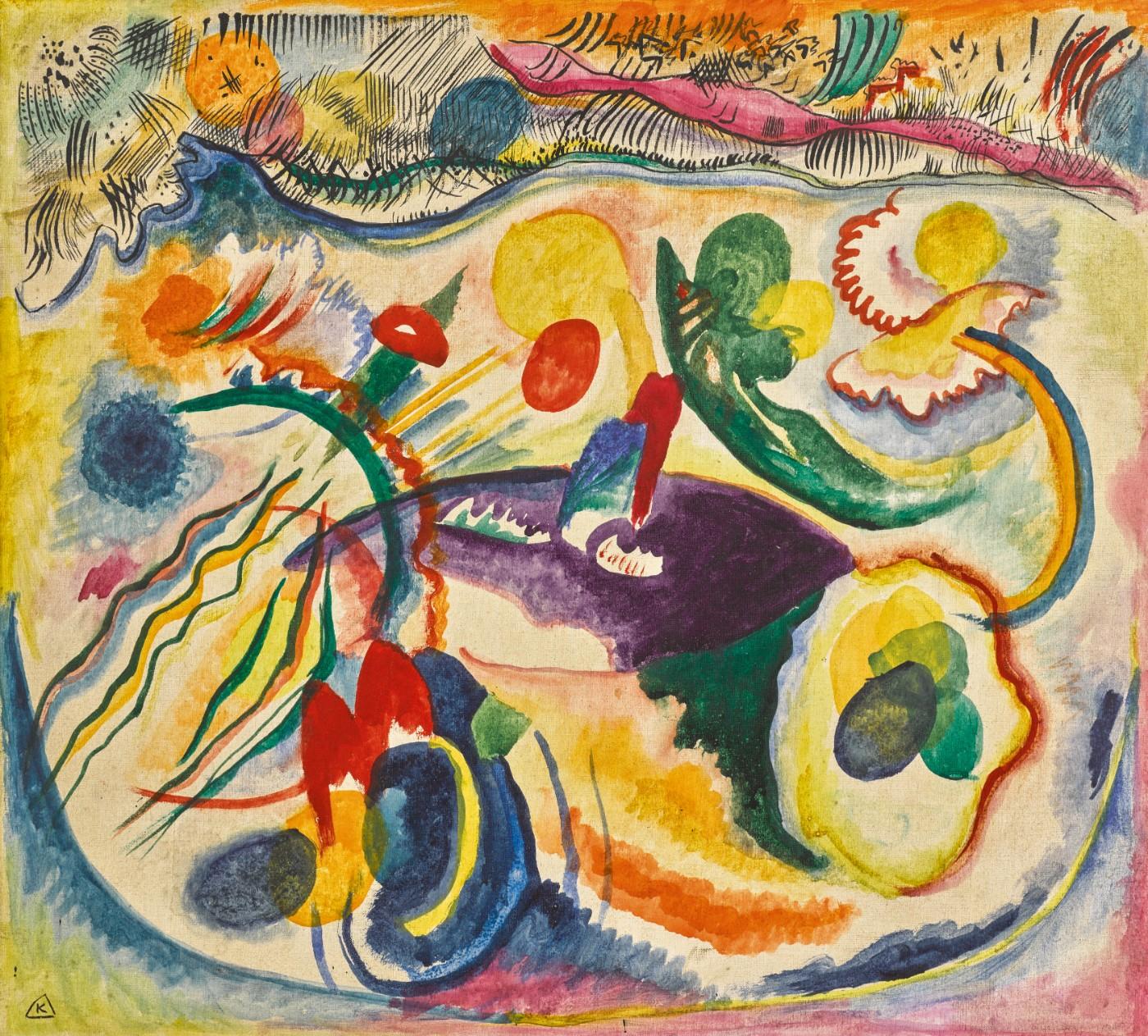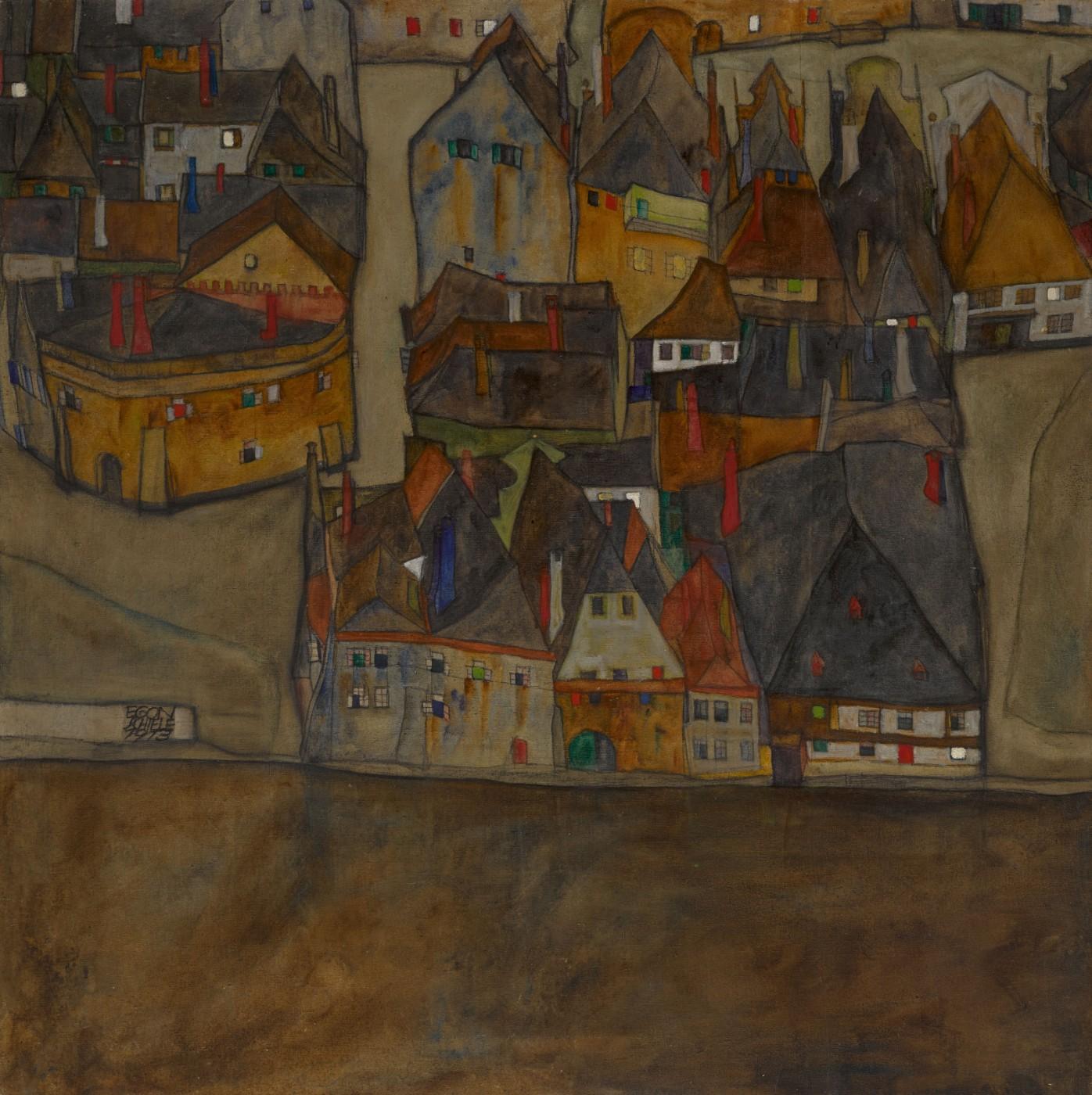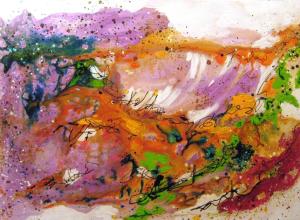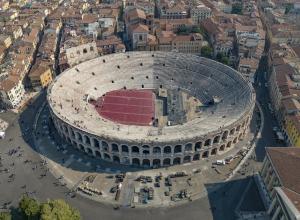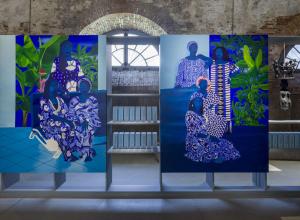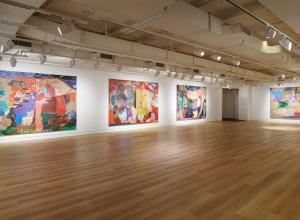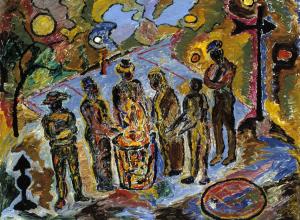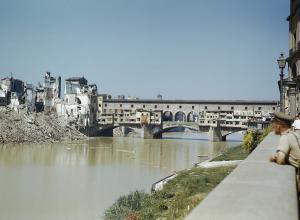Julian Dawes, Head of Sotheby’s Evening Sales of Impressionist & Modern Art in New York, said: “Every sale has one work that helps to define its look and feel. This season, that was Ludwig Meidner’s arresting Apocalyptic Landscape – a painting that my colleagues have been pursuing for nearly two decades. This spectacular canvas from 1912 became the genesis for ‘The Beautiful & Damned’, a powerful group of works that together addressed the impact of the First World War on the course of modern art, fittingly on the occasion of the 100th anniversary of the Armistice. Within that theme, we were pleased to see the market react with enthusiasm to daring and sophisticated pictures by Kirchner, Kokoschka and Schiele, each of which was recently restituted to the heirs of collectors later persecuted during World War II.”
Tonight’s sale was led by René Magritte’s Le Principe du plaisir (The Pleasure Principle), which established a new world auction record for the artist when it sold for $26.8 million, well-exceeding its $20 million high estimate after a bidding battle between 7 collectors. Painted in 1937, the entrancing portrait depicts Edward James, one of the most influential patrons of Surrealist art, who was introduced to Magritte by Salvador Dalí in 1937. Commissioned directly by James, the work was rendered from a photograph of the patron that was taken according to the artist’s specifications by fellow Surrealist, Man Ray.






